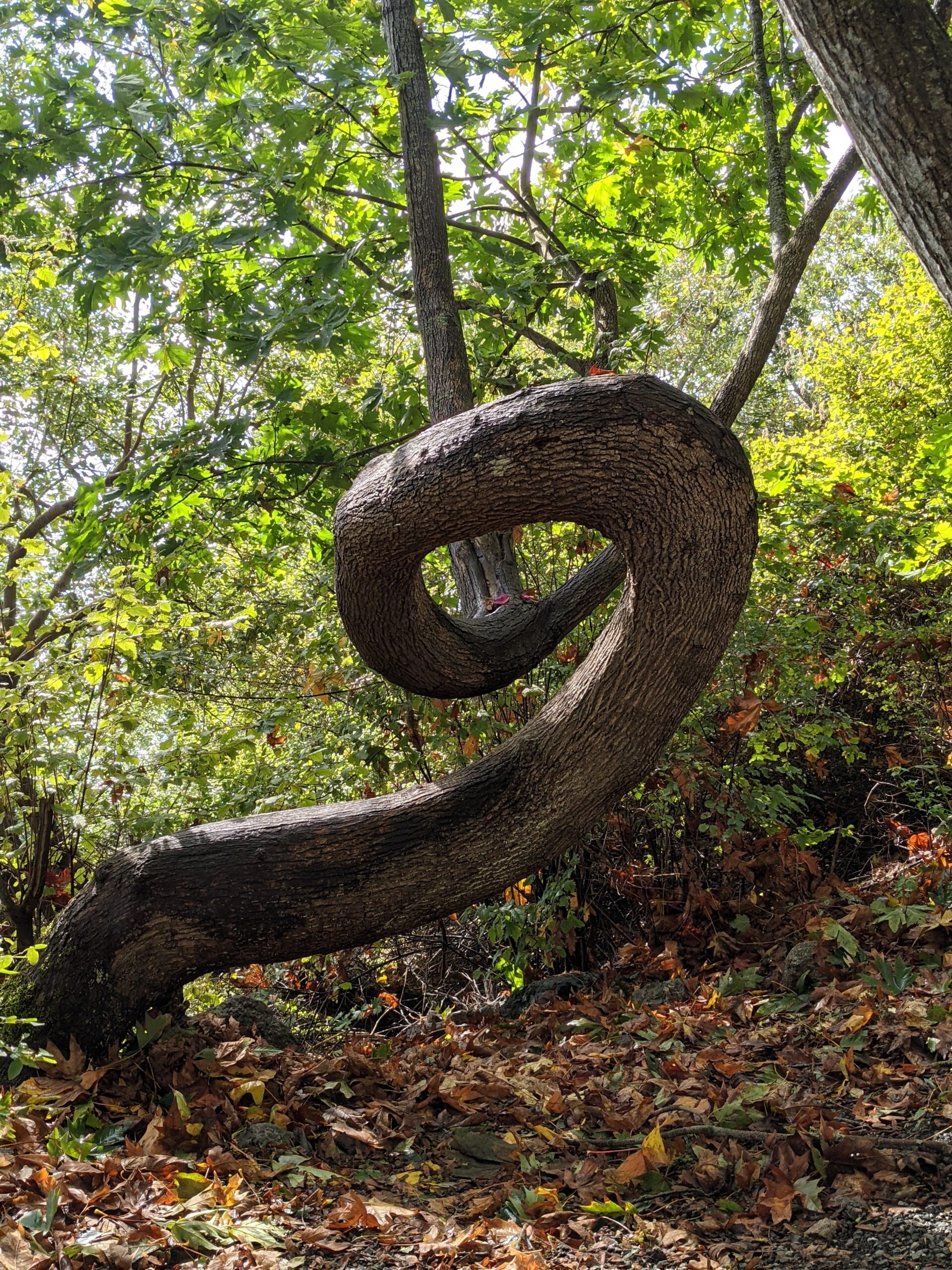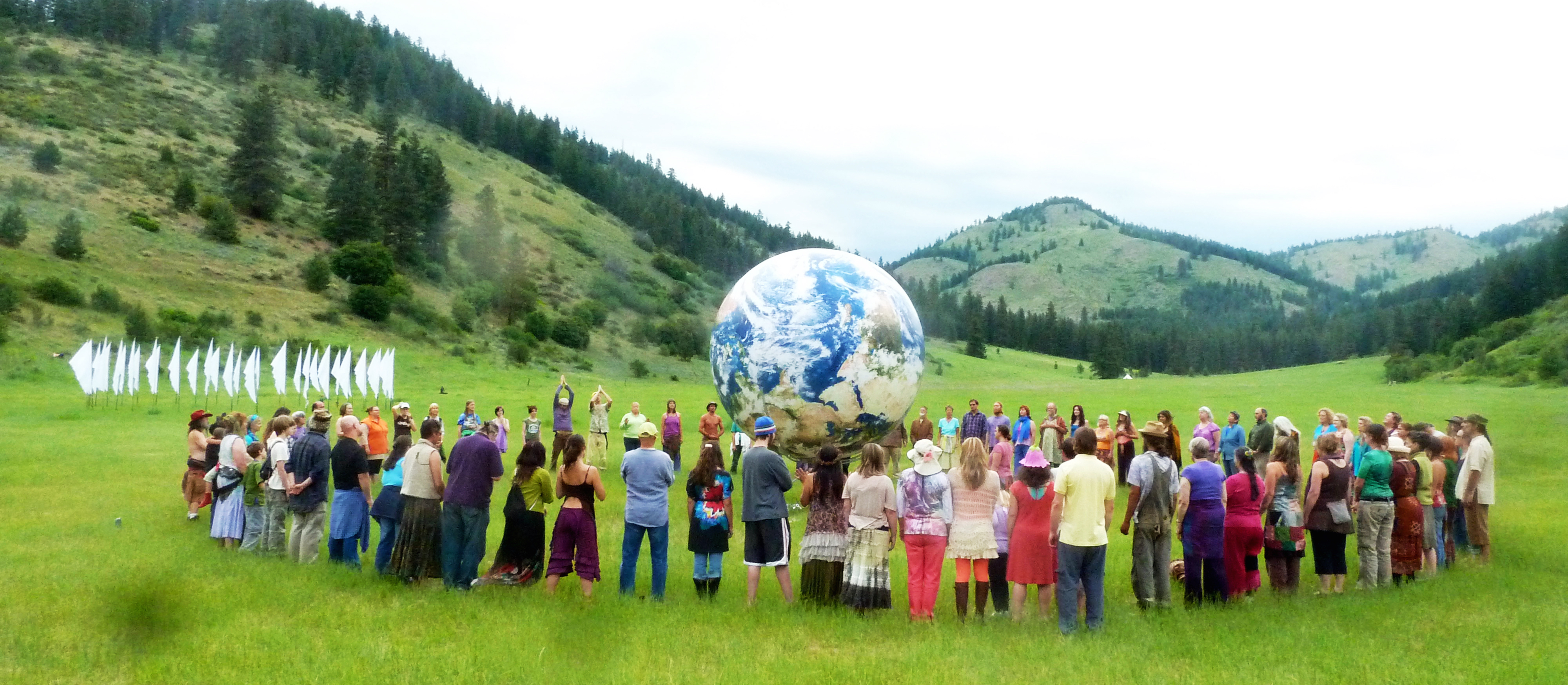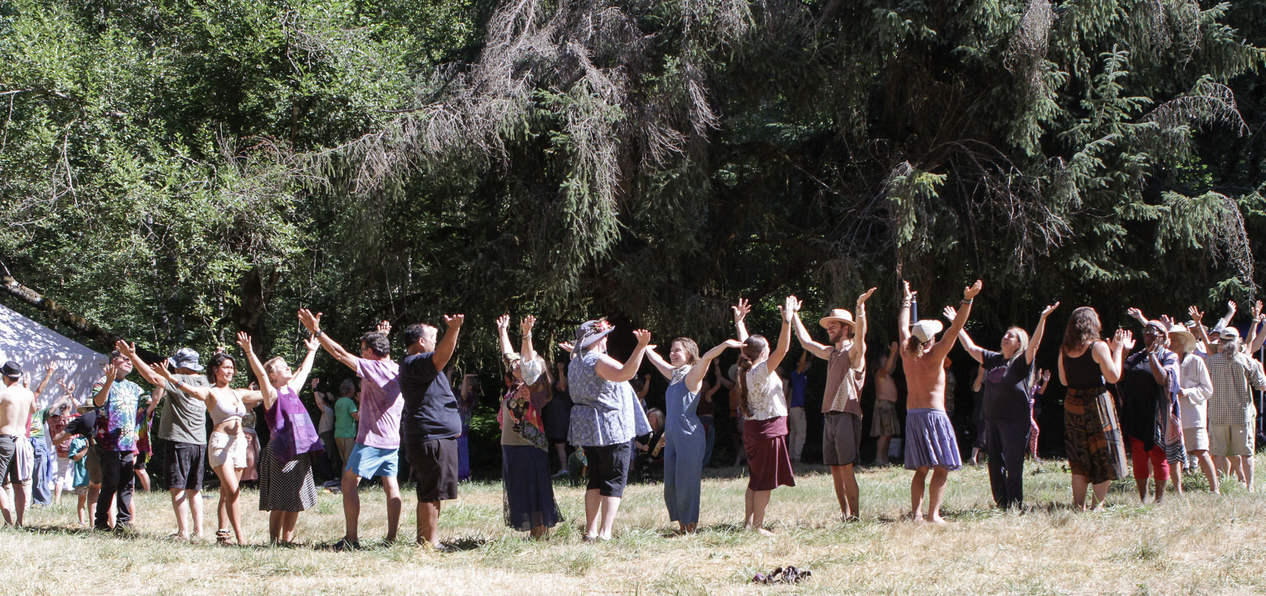Fairies and Faeries
by Eileen Kilgren, 2009
Which spelling to use? The Fairy & Human Relations Congress offers an opportunity to clarify the difference between two entirely separate races: Spirit fairies and Soul faeries.
FAIRIES
‘Fairy’ comes, through the Old French feie, from the Latin fatum, or fate. Fairies are young group Spirits, Beings of Light and pure Spirit. They evolve into higher levels of Light through loving service. When they reach a certain level, they individualize and become a deva. Devas refer to fairies as ‘workers.’
Specifically, ‘fairy’ applies to a young nature spirit at the mid-level of growth; higher than ‘elf’ but lower than ‘sylph.’ However, for the sake of simplicity, the devas have allowed us to use the term ‘fairy’ for all the group spirits, from the tiny ‘mite’ to the large ‘nymph’ on the verge of individualization.
At the Fairy Congress we honor and celebrate these delightful Spirit beings, both fairy and deva, who sustain the life of this planet. Many fairies also attend. It’s their holiday.
FAERIES
‘Faery’ comes from the Gaelic fear shidhe, pronounced ‘far hee,’ meaning ‘man of the shee.’ Likewise, banshee comes from bean sidhe, ‘woman of the shee.’ Sidhe or sí both mean ‘faery mound.’ It’s where they lived, not who they are. Medieval Gaels called them Daoine Sidhe, pronounced ‘dweenah shee,’ the ‘People of the faery mound.’
Faeries are known elsewhere by different names, but only humans use these names. Faeries never refer to themselves as such. It’s too insulting. They are of the Elana — The People. Specifically, they are The People of the Trees, even though the Daoine Sidhe long ago moved out of the trees and into the faery mounds. That’s another story.
The Elana are elder children of the earth, arriving long before humans. They are Souls, flesh-&-blood humanoids, with karma and free will. Traumatized by a battle in the heavens, they fled to earth, the special home of God the Mother. That’s another story altogether.
On an earth much more etheric and fluid than today, they took on solid bodies, each adapting to a certain area according to their personality and level of Light. The tallest chose grasslands where they found freedom to move. They were the Elana of the Steppes, the elves . warriors who became the ancestors of some Celtic tribes.
Next were the Elana of the Trees, the faeries . scholars who still had wings to fly as they had in the heavens. They created great schools of learning in the treetops. Faeries still remember their lost Mother and consider themselves her favored children.
Five more groups of The People evolved – Elana of the Sunlight, of the Snow, of the Glen, of the Caves and of the Air. However, it was the two tallest groups that most interacted with the humans . and intermarried.
When humans first arrived on earth, the Elana were compassionate and helped them to survive. Later, though, when humans lost their natural telepathic ability (among many other abilities that were taken from them), communications broke down and the two races became alienated from each other. They still are.
To see the earth shrink and harden horrified the Elana. Magic was their everyday tool of existence. When humans stopped believing in magic, The People could no longer co-exist with them. They moved to a different, but parallel dimension – the Otherworld or ‘Faerie.’ They kept to a high vibration, while the human realm sank into solidity.
For a while, though, in certain places where the land still held some of its original magic, humans and faeries continued to co-exist. Ireland was one of these places; but there was much hostility between the races. Faeries were contemptuous of humans, while humans feared and demeaned the faeries, turning them into Wee Folk.
When the Celts, the Sons of Mil, came to Ireland, faery leaders recognized the newcomers as kin. They agreed to share the land. Over time, many faery historians, storytellers and magicians took over the role of druid. In this capacity they recorded their own history from the Age of Legend and passed it on to the Celtic tribes.
The Age of Legend was the time of the Tuatha Dé Danann, pronounced ‘too-ah day donnun,’ the People of the Goddess Dana – the Mother. However, wingless faeries (they had lost their wings in a long-ago catastrophe – also another story) were referred to contemptuously as the People of Danu – the Earth goddess. (The Gaelic name is a human creation. Faeries worship no god or goddess.)
In recent years we’ve gotten a glimpse into faery society during the Age of Legend through the Harry Potter books. The similarities are stunning. They had an aristocratic elite who despised anything human, mixed-blood children who were scorned and denied entrance to the great schools of magic, and horrific duels of sorcery where spoken words could maim and kill. (Understanding the power of vibration, faeries always communicate by thought. They only vocalize to sing, keen or curse.)
Faeries remain a proud and prickly people – quick to take offence and to avenge a perceived insult. They are, in fact, extremely angry with humans. They hate being confused with Spirit fairies. They fear the destruction of their realm by a darkness that they believe was sent by humans. They resent being belittled in folklore and forgotten.
No one from the actual Otherworld attends the Fairy Congress. They hold themselves completely apart. (Any beings that appear as faeries are actually thought-forms.) They cannot be invoked. They will not come to our aid. It’s up to us to go to them, by raising the vibration of our planet to their level. We have started.
Let it be so.
****
This is what the devas have to say on this topic:
-
Use ‘fairy’ to describe a young Spirit.
-
Use ‘faery’ to describe a member of The People.
-
Use ‘faerie’ to describe the realm where The People live. In other words, The Otherworld.
Eileen Kilgren has been a presenter at the Congress numerous times. She has written 3 books on her adventures with the fairies. She sometimes teaches in Seattle and can be reached at eileenmargaret[at]gmail.com



